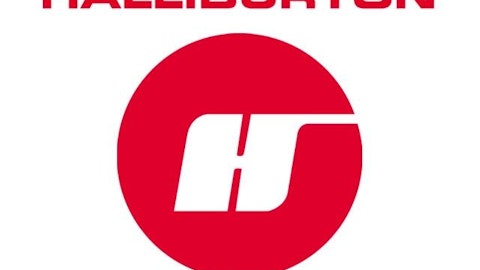
What’s more, thumbing through the history books shows that periods of extreme inflation or hyperinflation (definitions vary) are not all that uncommon around the world. Post-World War I Germany is probably the most oft-cited example, but a range of countries including Greece, Russia, Argentina, China, Brazil, and Zimbabwe (most recently) have seen stretches of inflation severe enough to call it hyperinflation.
What does hyperinflation look like? Well, the exchange rate between the U.S. dollar and the German mark went from roughly 1:4.2 at the start of the war to 1:9 at armistice (November 1918) to 1:192 by early 1922 to 1:1 million in August of 1923 to 1:4.2 trillion in November of 1923. As you might imagine, that sort of inflation absolutely obliterates cash savings and redirects a huge amount of effort and attention to less-productive activities like working around the inflation [see also How to Build a Black Swan Hyperinflation Portfolio].
Avoid Stocks, Right? Well, Maybe Not…
Now here’s the interesting bit – while a lot of modern discussion of hyperinflation suggests that stocks will be devastated on the resulting collapse of the U.S. economy; the facts don’t back that up. Stocks have actually done quite well in many countries during periods of hyperinflation – including the recent example in Zimbabwe (which had and has a variety of structural problems beyond just inflation).
Let’s go back to Weimar Germany for a moment. While hyperinflation was leading people to carry around wheelbarrows of banknotes and the government was printing billion-mark notes (something similar happened in Zimbabwe, by the way), stocks actually did quite well. The level of performance as measured in marks is just absurd, an analysis from JPMorgan indicated that the market roughly tripled in value as measured by U.S. dollars [see also The Ultimate Commodities Survival Kit: Five Must-Haves].
So although it’s true that cash and domestic bonds are certainly best avoided during high inflation, stocks can still do well. What sort of stocks should investors consider for a possible period of high inflation?
Old Favorites
It’s no surprise that precious metals feature prominently in any discussion of high inflation; the value of paper money evaporates, but precious metals hold their value. Accordingly, investors should probably consider this sector.
It’s hard to argue with SPDR Gold Trust (NYSEARCA:GLD) or iShares Silver Trust (NYSEARCA:SLV) in such an environment. Yes, miners could do well, but there could be lags and disruptions in recognizing higher prices while also dealing with soaring costs.
Oil? Maybe, Or Maybe Not…
In the rush to list hard assets that do well in hyperinflation, oil is often included in the list. I’m not quite as eager to do so. Yes, oil is a hard asset whose value in dollar terms could soar with inflation, but I’m also nervous about how oil would fair if that inflation was coupled with declining economic activity [see alsoCrude Oil Guide: Brent Vs. WTI, What’s The Difference?].
That said, I’d definitely consider a company like Exxon Mobil Corporation (NYSE:XOM) as an inflation hedge, as well as foreign-domiciled oil companies like Petroleo Brasileiro Petrobras SA (NYSE:PBR), BP plc (NYSE:BP), and Royal Dutch Shell plc (NYSE:RDS).
Others To Consider
If severe inflation were to strike the U.S. economy, I’d probably want to own productive farmland. Unfortunately, that’s not easy to do as there are few publicly-traded U.S. companies with meaningful productive land assets. A company like Brazil’s Adecoagro SA (NYSE:AGRO) could be a possible substitute, while I’d be careful with processors like Archer Daniels Midland Company (NYSE:ADM). If land in general does well (as it usually does), a timber company like Plum Creek Timber Co. Inc. (NYSE:PCL) could be a good choice, and I’d also look at a host of residential REITs, but I’d be aware of the political risks that could crop up in a period of severe inflation (including rent controls).
While I think investors could do well with precious metal exposure in GLD or SLV, I wouldn’t rule out international miners like Rio Tinto plc (NYSE:RIO) or BHP Billiton Limited (NYSE:BHP). Likewise, a long list of well-run foreign stocks could outperform in such an environment – companies like Atlas Copco AB (PINK:ATLKY), ABB Ltd (NYSE:ABB), Novo Nordisk A/S (NYSE:NVO) and Siemens AG (NYSE:SI) could do well and offer some hedging value with their substantial exposures to non-U.S. dollar revenue sources.
The Bottom Line
Investing is always a balancing act between risk and reward, and planning for inflation is no different. While I would never recommend that an investor base his or her strategy on the premise of runaway inflation in the U.S., there’s nothing wrong with thinking about potential strategies if the worst were to happen. Moreover, many of the stocks that could offer security in a period of runaway inflation should also do well in a period of more normal inflation, and there’s nothing wrong with having some hard asset exposure in a portfolio.
This article was originally written by Stephen D. Simpson, and posted on CommodityHQ.





